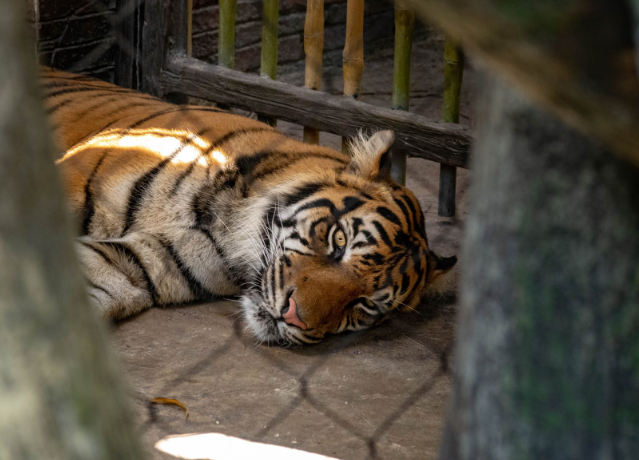Bengal Tigers: Guardians of the Wild
Bengal tigers are one of the most majestic and iconic wild animals on the planet. As apex predators, they play a crucial role in maintaining the ecological balance of their habitats. However, the reality for these magnificent creatures is increasingly dire, as their populations continue to dwindle due to habitat loss, poaching, and human-wildlife conflict. Understanding their current status in the wild is vital for conservation efforts.
The Status of Bengal Tigers in the Wild
Bengal tigers, found primarily in India, Bangladesh, Nepal, and Bhutan, are listed as endangered on the IUCN Red List. Recent estimates suggest that there are only about 2,500 individuals left in the wild. The biggest threat they face is habitat destruction, largely due to human activities such as logging, agriculture, and urban development. Protected areas and national parks are crucial for their survival but often fall short of providing sufficient space and resources for their growing populations.
Conservation Efforts Underway
Many organizations and governments are actively engaged in conservation efforts to protect Bengal tigers. Initiatives such as Project Tiger in India aim to create secure habitats and reduce human-animal conflict. These programs often involve monitoring tiger populations, enhancing anti-poaching measures, and increasing public awareness about the importance of preserving this majestic species. Community involvement is also critical; educating local populations about the benefits of protecting wildlife can lead to more successful conservation outcomes.
The Importance of Genetic Diversity
Maintaining genetic diversity among Bengal tigers is essential for their long-term survival. A healthy gene pool helps ensure that these animals can adapt to changing environments and resist diseases. Therefore, conservationists are working to connect fragmented tiger habitats through wildlife corridors, allowing for safe movement between populations. This is vital not only for the tigers themselves but also for the entire ecosystem, as their presence helps regulate the populations of other species within their habitats.
In conclusion, Bengal tigers are much more than beautiful creatures; they are vital components of their ecosystems. Understanding their plight and the ongoing conservation efforts can help us contribute to their survival. Whether through supporting local conservation initiatives, spreading awareness, or simply learning more about these incredible animals, every small action counts. Let’s do our part to ensure that Bengal tigers thrive in the wild for generations to come.

